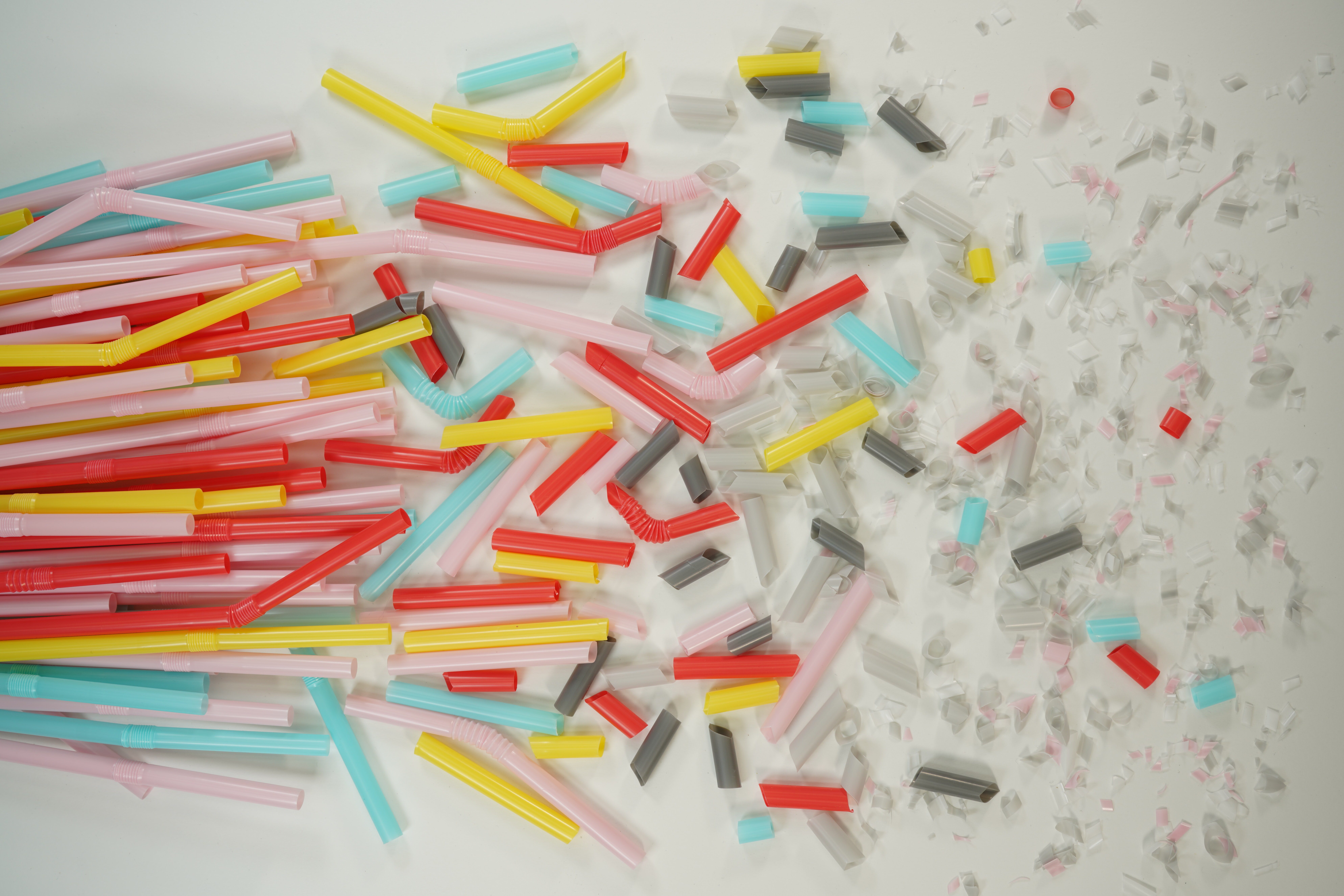Microplastics are everywhere, whether we are aware of them or not. Pollution causes many tiny pieces of plastic to end up in the oceans, and microplastic is in just about all of our products, including food. There has been a significant public outcry about the levels in household products and food, but there hasn’t been a proper solution. However, a research team, including Massachusetts Institute of Technology (MIT) scientists, may have found a sustainable compound that can replace microplastics: silk.
The study was conducted by a civil and environmental engineering professor and postdoctoral candidate at MIT and five others at BASF, a chemical company in Germany and the U.S. What they found was remarkable and could change consumer manufacturing forever.
Their work focused mainly on the process of microencapsulation, the production of vitamin capsules. These capsules are digestible, but they include microplastics in their chemical makeup. Worse yet, they don’t degrade for hundreds of years. There hasn’t been an elimination of plastics due to a lack of an economical and green alternative. These factors led the team to experiment with silk fibers in microencapsulation processes.
What makes silk an ideal material to replace microplastics? To start, it’s much safer for humans. Silk can be digested and is non-toxic, so it would make sense to put a less harmful substance into a vitamin capsule.
It could be used to replace microplastics in agriculture as well, such as the ones found in herbicides and pesticides.
Silk, an organic material, has fewer pollution risks and biodegrades after time. It’s also water-soluble, meaning it would simply dissolve when it touches water or other liquids. The team hypothesized that this factor would protect crops better than current pesticides and herbicides.
Silk is a tricky substance, mainly due to the labor involved in harvesting it. Silkworm cocoons must be opened and unwound to get silk for textiles like sheets. For microencapsulation, this process isn’t necessary. The whole cocoon can be used to extract silk fibers, which are still water-soluble.
There is already an abundant source of silk ready for use, with the bulk of silk products coming from China. Lower-quality silk or discarded silkworm cocoons could be used rather than purchasing a high-quality version. Even discarded silk products can be used to extract the polymers needed to preserve products from oxidation, heat and other causes of degradation. It seems like an easy switch, especially considering the low-risk factors and the plentiful supply of discarded silk products, however, challenges remain.
The team found no way to mass-produce microencapsulated products with silk chemical makeup due to the lack of strength of cell walls. Until there is new technology to extract, refine and manufacture products with silk at a rate that matches consumer demands, silk microencapsulation likely won’t be the first production method for vitamins, pills or cosmetics used any time soon.
The study concluded that while the silk microcapsules are cheaper, greener and safer, more research is still needed to figure out how to make them more accessible in manufacturing. With new policies regarding microplastic coming into effect, it could happen sooner than we think.
As governing bodies like the European Union declare agricultural products and cosmetics must eliminate microplastic by 2025, there may be more pressure for an alternative. The team’s paper on silk is a good place to start for a potentially viable solution.





